Dilemma of Sharing Nikki Catsouras Footage and Photos
Nikki Catsouras footage and photos from the aftermath of her tragic car accident in 2006 sparked a widespread ethical debate and left an indelible mark on internet culture. On Halloween of that year, Nikki, just 18 years old, lost control of her father’s Porsche 911 Carrera and crashed into a toll booth in Lake Forest, California, at over 100 miles per hour. The crash was fatal and gruesomely graphic, leading to Nikki’s instant death. The harrowing scene was documented in photos taken by California Highway Patrol officers as part of their routine investigation.
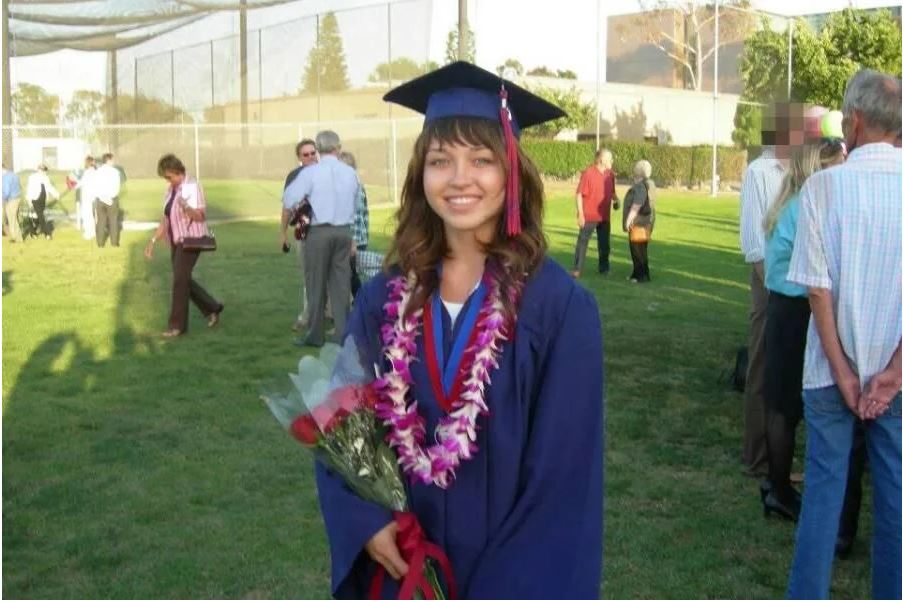
These images, meant for official use, somehow found their way onto the internet, where they spread virally. Nikki was posthumously dubbed “Porsche Girl,” a nickname that, while reflecting the luxury car involved, did little to honor her memory. Instead, it became a moniker under which the photos were disturbingly circulated, reducing her identity to the circumstances of her death rather than her life as a young woman with hopes and dreams.
The leak of these photos ignited a major controversy, highlighting the dark side of digital media where privacy is easily breached and human dignity is often compromised. As the graphic images proliferated online, they not only invaded the Catsouras family’s privacy but also subjected them to further trauma. People anonymously sent the photos to the family, posted them on forums, and even created fake tributes that featured the disturbing images.
This incident raises critical questions about the responsibilities of those who handle sensitive information and the ethical considerations of sharing graphic content. It also underscores the need for stronger digital rights and protections to prevent such violations from recurring. Nikki Catsouras’ story is a poignant reminder of the human cost of digital insensitivity and the ongoing struggle to balance the freedom of information with respect for privacy and decency.
| Date and Event | Halloween, 2006: Nikki Catsouras died in a car crash in Lake Forest, California. |
|---|---|
| Details of Incident | Lost control of her father’s Porsche 911 Carrera; crashed into a toll booth at over 100 mph. The crash was fatal and graphically gruesome. |
| Aftermath and Ethical Issues | Photos taken by California Highway Patrol officers leaked online, spreading virally. Dubbed “Porsche Girl,” reducing her identity to the circumstances of her death. |
| Impact on Privacy and Dignity | The leaked images invaded the Catsouras family’s privacy, caused further trauma, and highlighted issues of digital media ethics and human dignity. |
| Legal and Ethical Considerations | Incident raised questions about the responsibilities of handling sensitive information and the need for stronger digital rights and protections. |
Contents
Who Was Nikki Catsouras? and Video
Nikki Catsouras, born on March 4, 1988, in Orange County, California, was more than just a headline or a nickname derived from a tragedy. She was a vibrant young woman, characterized by her shyness and creativity. Living at home as a college freshman, Nikki had a passion for photography and an admirable commitment to working with children in special education. These interests showcased her caring nature and her desire to capture and enhance the world around her through her artistic vision.
However, Nikki’s life was not without its significant challenges. From a young age, she faced a daunting health crisis when doctors discovered a brain tumor when she was just eight years old. Though the tumor was eventually deemed benign, the treatment Nikki underwent was aggressive and invasive, involving intensive radiation that had long-lasting effects on her development. Medical professionals warned her parents, Christos and Lesli Catsouras, of potential late-emerging side effects, including issues that could affect her impulse control and judgment.
One of the videos about Nikki Catsouras aka “Porsche girl”
These warnings became a lived reality for Nikki and her family. As she grew older, Nikki struggled with impulse control, a struggle that her parents attributed to the aftermath of her medical treatments. This aspect of her life became particularly poignant in the lead-up to the tragedy that would ultimately define her public legacy.
| Personal Background | Nikki Catsouras was born on March 4, 1988, in Orange County, California. As a college freshman, she lived at home, demonstrating a passion for photography and a commitment to working with children in special education. |
|---|---|
| Character Traits | Described as shy and creative, Nikki was a vibrant young woman who aimed to enhance the world around her through her artistic vision. |
| Health Challenges | At the age of eight, Nikki was diagnosed with a brain tumor, treated with aggressive and invasive radiation. Although benign, the treatment had lasting effects on her development, particularly concerning her impulse control and judgment. |
| Family Insights | Her parents, Christos and Lesli Catsouras, were informed by medical professionals about potential late-emerging side effects from her treatments, which could impact her impulse control and judgment. |
| Impact on Life and Legacy | The challenges Nikki faced with impulse control became significant in the context of the tragic accident that would define her public legacy, influencing public perception and contributing to the complexities of her personal story. |
The Deadly Accident
The sequence of events leading to Nikki Catsouras’ tragic accident began to unfold the night before Halloween in 2006. Nikki had used cocaine, a decision that marked a continuation of her struggles with substance abuse. Her parents, aware of her use and deeply concerned about her wellbeing, had planned to intervene by taking her to see a psychiatrist specializing in brain disorders the following day. This intervention, however, came too late.

On the morning of October 31, 2006, the Catsouras family shared what would be their last meal together, unaware of the impending disaster. Shortly after Christos left for work, Nikki made a decision that would have fatal consequences. In an uncharacteristic move, she took the keys to her father’s Porsche 911 Carrera—an action she had never been permitted to take before—and drove out of their family driveway at a high speed.
The details of the crash are both tragic and horrific. Nikki was driving at speeds exceeding 100 miles per hour along the California freeway. In a high-speed attempt to switch lanes, she clipped another vehicle, which caused her to lose control of the Porsche. The car then careened across the median, slamming into an unmanned concrete toll booth. The impact was devastating—the Porsche was nearly obliterated, and Nikki was killed instantly.
The accident was not just a moment of loss but a catalyst for a subsequent controversy that would amplify the Catsouras family’s grief. The detailed and graphic nature of the crash scene led to an unauthorized release of accident scene photographs, which were initially taken as part of a routine police investigation. These images would later circulate online, creating a macabre spectacle that extended the family’s trauma well into the public and digital sphere.
This recounting of Nikki Catsouras’ life and the detailed account of her final moments paint a picture of a young woman whose potential was cut tragically short. Her story serves as a stark reminder of the fleeting nature of life and the profound impacts of our decisions. More importantly, it highlights the severe consequences that can arise from breaches of privacy and the need for empathy and respect in the handling of such sensitive situations.
| Day Before the Accident | Nikki had used cocaine, reflecting ongoing struggles with substance abuse. Her parents planned to intervene by taking her to a psychiatrist specializing in brain disorders the following day. |
|---|---|
| Morning of the Accident (October 31, 2006) | The Catsouras family had their last meal together. Later, Nikki took the keys to her father’s Porsche 911 Carrera without permission and left the house at a high speed. |
| Details of the Crash | Nikki was driving over 100 mph on the California freeway. She attempted to switch lanes, clipped another vehicle, lost control, and crashed into a concrete toll booth, resulting in her instant death. |
| Aftermath and Privacy Violation | The graphic nature of the crash scene led to the unauthorized release and viral spread of accident scene photographs, originally taken for police investigation. This created a public spectacle and extended the family’s trauma. |
| Broader Implications | Nikki’s story underscores the profound impacts of decisions, the severe consequences of privacy breaches, and the importance of empathy and respect in handling sensitive situations. |
The Aftermath and the Leaked Photos
The immediate aftermath of Nikki Catsouras’ tragic accident was as chaotic as it was heartrending. Upon arriving at the scene, the police were confronted with a gruesome sight that underscored the sheer violence of the impact. Nikki’s body was still strapped to the driver’s seat, but the car itself was mangled beyond recognition. Due to the graphic nature of the scene, authorities deemed it inappropriate for her parents to identify her in the usual manner.
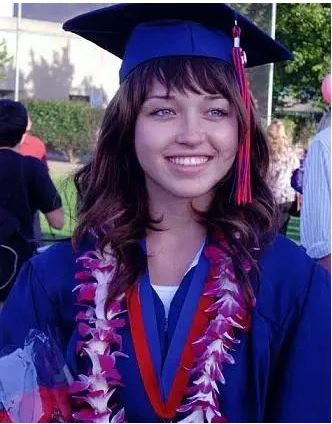
However, the real controversy began when photographs of the accident scene, taken by officers as part of their routine documentation, were leaked online. These photos not only depicted the horrifying state of Nikki’s body but also the catastrophic damage to the vehicle. Initially intended for use in internal police reports and potential legal proceedings, the images quickly found their way onto the internet, where they spread uncontrollably. This leak turned a personal tragedy into a public spectacle, compounding the Catsouras family’s grief with a brutal violation of their privacy.
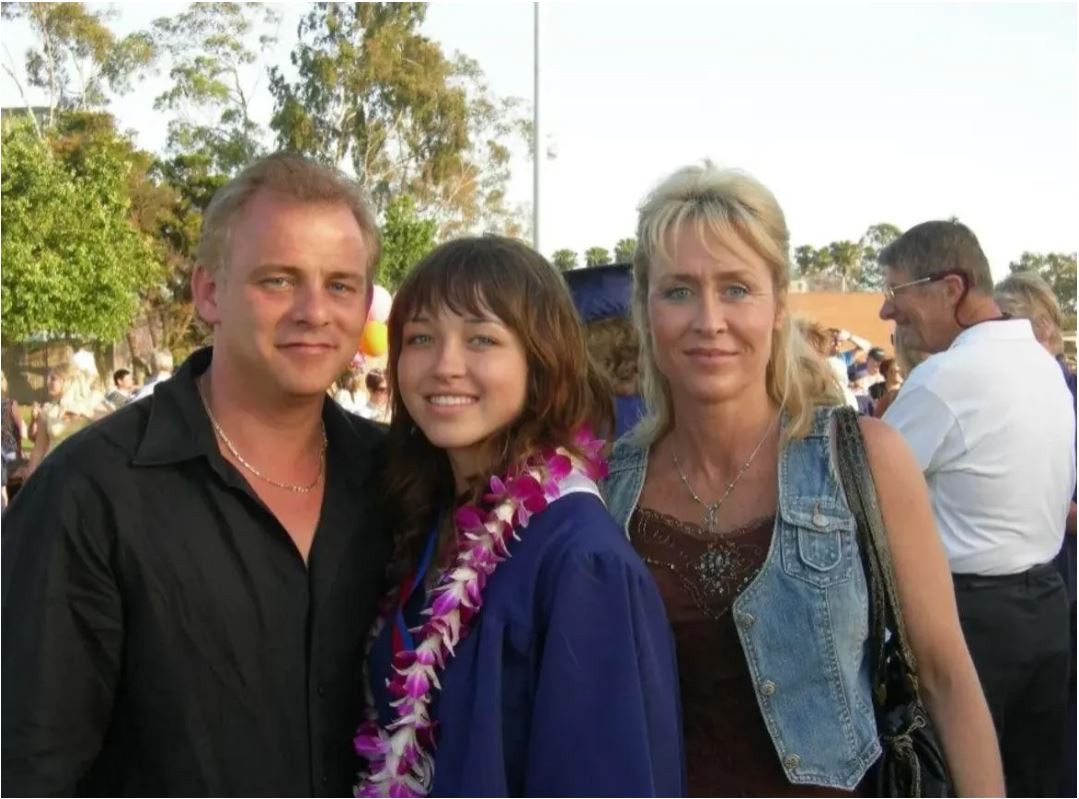
The public’s reaction to the leaked photos was a mix of sympathy and morbid curiosity, but disturbingly, also included outright cruelty. Some online comments were harsh and insensitive, with people callously remarking on Nikki’s death and the state of her remains. These reactions highlight a troubling aspect of digital culture, where the anonymity of the internet can sometimes lead to a lack of empathy for real human suffering.
| Scene of the Accident | Police arrived to find a gruesome scene, with Nikki’s body still strapped to the driver’s seat of her father’s severely mangled Porsche 911 Carrera. |
|---|---|
| Identification of the Victim | Due to the graphic nature of the scene, authorities deemed it inappropriate for Nikki’s parents to identify her in the usual manner. |
| Leak of Photographs | Photographs taken by police officers for documentation were leaked online, depicting both the catastrophic damage to the vehicle and the horrifying state of Nikki’s body. |
| Public Reaction | The leaked photos led to a mix of sympathy and morbid curiosity among the public, but also disturbingly cruel remarks, underscoring a lack of empathy and the harsh aspects of digital culture. |
| Impact on Family | The leak turned a personal tragedy into a public spectacle, compounding the Catsouras family’s grief with a brutal violation of their privacy. |
The Legal and Emotional Battle
The Catsouras family was devastated not only by Nikki’s death but also by the relentless circulation of the crash photos. Their battle to regain some semblance of privacy and dignity was both legal and emotional. They reached out to websites hosting the images, sent cease-and-desist letters, and employed digital tactics to suppress the photos’ visibility in search results. Despite these efforts, the digital nature of the content made it nearly impossible to eradicate completely.
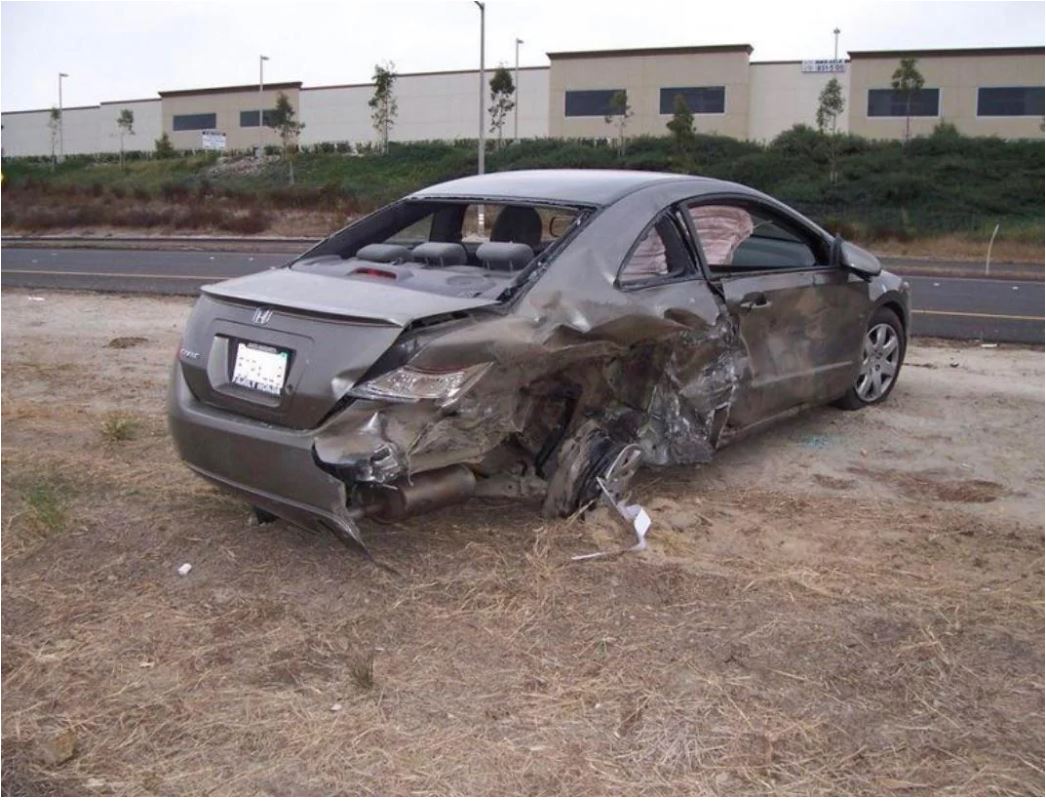
Legally, the family took action against the California Highway Patrol (CHP), alleging negligence and violation of privacy. The case centered on how the photos, meant to be confidential, were mishandled and subsequently leaked by members of the CHP. This legal battle was arduous and highlighted significant issues regarding the handling of sensitive information by law enforcement agencies.
The emotional toll on the Catsouras family was profound. Nikki’s sisters, particularly her 16-year-old sister Danielle, faced immense psychological stress. Danielle had to be withdrawn from school due to threats of the photos being placed in her locker, a cruel reminder of the tragedy that had befallen her family. The persistent visibility of the crash photos forced the family into a state of seclusion, drastically altering their lives and how they interacted with the world.

Ultimately, the legal struggle culminated in a settlement where the CHP issued an apology and agreed to a financial compensation for the Catsouras family. This outcome, while providing some relief, was a stark reminder that no amount of money could truly compensate for the pain and invasion of privacy they had endured.
This section of Nikki Catsouras’ story sheds light on the severe consequences that can follow from breaches of digital privacy. It underscores the need for more stringent safeguards and ethical considerations in the handling of sensitive information, especially by those in positions of authority. The Catsouras case became a cautionary tale about the balance between public interest and individual privacy in the age of digital media, highlighting the ongoing challenges that families like the Catsouras’ face in protecting their privacy and dignity in times of tragedy.
| Efforts to Regain Privacy | The Catsouras family reached out to websites, sent cease-and-desist letters, and employed digital tactics to suppress the visibility of the crash photos in search results. |
|---|---|
| Legal Actions | The family sued the California Highway Patrol (CHP) for negligence and violation of privacy, focusing on the mishandling and unauthorized release of the accident scene photos. |
| Emotional Toll on Family | Profound emotional distress; Nikki’s sister Danielle faced threats at school and the family was forced into seclusion due to the ongoing circulation of the photos. |
| Legal Outcome | The legal struggle culminated in a settlement where the CHP issued an apology and agreed to financial compensation for the Catsouras family. |
| Broader Implications | The case highlighted the need for stringent safeguards and ethical handling of sensitive information by authorities. It underscored the balance between public interest and individual privacy in the digital age. |
Reflection and Legacy
The tragic story of Nikki Catsouras not only brings to light the personal agony of a family but also serves as a sobering case study on the broader implications of internet privacy and digital ethics. The dissemination of graphic content, such as the photos of Nikki’s accident, raises critical questions about the boundaries of online behavior and the responsibilities of digital platforms and their users.
This case underscores a stark reality: once content is uploaded to the internet, it becomes almost impossible to control its spread, making the digital space a double-edged sword that offers extensive connectivity yet poses significant risks to privacy. The ease with which the photos were shared and the viral nature of their distribution highlight the need for stricter regulations and more robust mechanisms to protect individuals’ privacy posthumously as well as when they are most vulnerable.
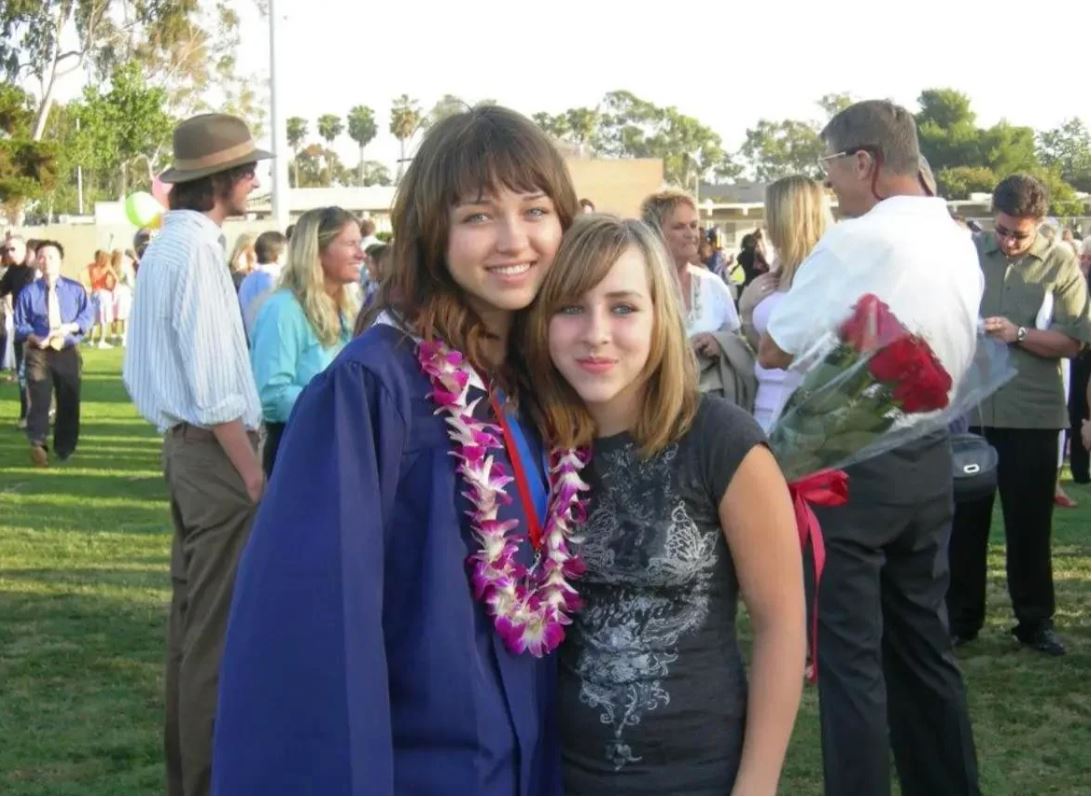
The public’s response to the leaked photos of Nikki also serves as a reflection on societal attitudes toward death and tragedy. It prompts a necessary discussion on digital decency—the ethical consideration that must govern our interactions online. This incident shows that digital platforms can often become arenas for insensitivity and cruelty, rather than spaces for empathy and support.
The Catsouras family’s ordeal has also sparked a conversation about the responsibility of online communities. It serves as a poignant reminder that behind every image, every video, and every post, there is a human being with dignity, deserving of respect. The internet, while a platform for freedom of expression, should not be a place where respect for human dignity is compromised under the guise of curiosity or freedom.
In their grief, the Catsouras family found a purpose: to advocate for changes in how sensitive information is handled and shared in the digital age. They expressed hope that their experience could serve as a lesson to others and help prevent future families from experiencing similar violations of privacy. This aspiration points to the potential for legislative and procedural changes that could better safeguard personal information, particularly in how law enforcement and other authorities handle and secure sensitive data.
| Implications for Internet Privacy | The case highlights the challenges of controlling the spread of digital content once it is uploaded, emphasizing the need for stricter regulations and mechanisms to protect privacy, especially posthumously. |
|---|---|
| Digital Ethics and Content Sharing | The ease of sharing and viral nature of the graphic content in Nikki’s case underline the urgency for digital platforms to implement robust measures to prevent the dissemination of sensitive information. |
| Societal Attitudes Towards Tragedy | The public’s mixed reaction to the leaked photos—ranging from sympathy to cruelty—reflects broader societal attitudes towards death and tragedy, and prompts a discussion on digital decency and ethics. |
| Responsibility of Online Communities | The incident serves as a reminder that online spaces should foster empathy and support, not insensitivity. It calls for a collective responsibility to maintain human dignity in digital interactions. |
| Advocacy and Legal Changes | The Catsouras family’s ordeal led them to advocate for changes in how sensitive information is handled by authorities and shared online, aiming to influence legislative and procedural adjustments to better safeguard personal data. |
Reflecting on Nikki Catsouras’ story, several key points stand out. First, the story highlights significant concerns about internet privacy and the ethical handling of graphic content. It reveals the challenges in controlling information once it is online and the impact of such exposure on affected families and individuals. Second, it demonstrates the need for greater digital decency and responsible behavior within online communities.
Despite efforts by the Catsouras family and others to manage the spread of sensitive content, challenges remain in ensuring privacy and dignity online. These challenges call for ongoing dialogue and action toward more effective legal and social regulations that can adapt to the evolving digital landscape.
The relevance of Nikki Catsouras’ story continues in today’s discussions about digital ethics and human dignity. It serves as a stark reminder of the need for a more conscientious digital world where the rights and dignities of individuals are respected and protected. In this digital age, where every action online can have far-reaching implications, her story urges us to consider the human element behind digital content and to strive for a world where technology serves humanity without undermining its values.
Global News -Crystal McKinney Photos from Her Modeling Career
Mystery The Search for Lost Hillsborough Disaster Footage
Chandler Parsons Wife Haylee Harrison Announce Engagement
Bosnian Bodybuilder Live Stream Video Captures Brutal Murder
Impact of Selena Casket Photos on Her Legacy and Fans
Tyler Reddick Wife in Shock Over His Throwback Weekend
The Bi4 Dolphin Incident Photos Journey through History
